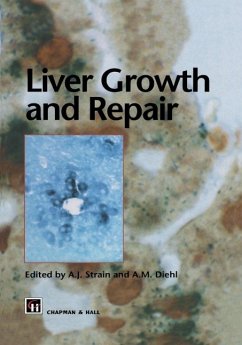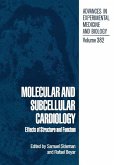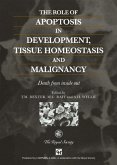Nelson Fausto The Greek myth of Prometheus with its picture of a vulture feasting on its chained victimhas traditionallyprovided a visualimageofliverregeneration. Itis apowerful and frightening representationbut ifone were to substitute the vulture by a surgeon and Prometheus by a patient laying on a properly prepared operating table, the outcomeoftheprocedurewould not differ significantlyfrom that describedbyGreek poets. Yet few of us who work in the field have stopped long enough to ask where this myth originated. Did the poet observe a case of liver regeneration in a human being? Was it brilliant intuition or perhaps, literally, just a 'gut feeling' of a poet looking for good rhymes that led to the prediction that livers grow when part of the tissueisremoved? Thisbookdoesnotattemptto solve these historical issues. Itdoes, instead, cover in detail some of the major modem themes of research on liver regen eration, injury and repair. As indicated in Dr. N. Bucher's chapter, the modem phase ofexperimental studies on liver regeneration started in 1931 with the publication by Higgins and Anderson of a method to perform a two-thirds resection of the liver of a rat. The technique described has 3 remarkable features: 1) it is highly reproducible, resulting in the removal of 68% of the liver, 2) it has minimal if any mortality, and 3) it consists only of blood vessel ligation and does not involve cutting through or wounding hepatic tissue.
Dieser Download kann aus rechtlichen Gründen nur mit Rechnungsadresse in A, B, BG, CY, CZ, D, DK, EW, E, FIN, F, GR, HR, H, IRL, I, LT, L, LR, M, NL, PL, P, R, S, SLO, SK ausgeliefert werden.









